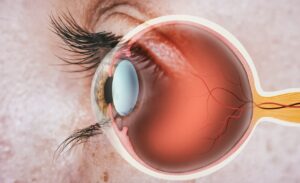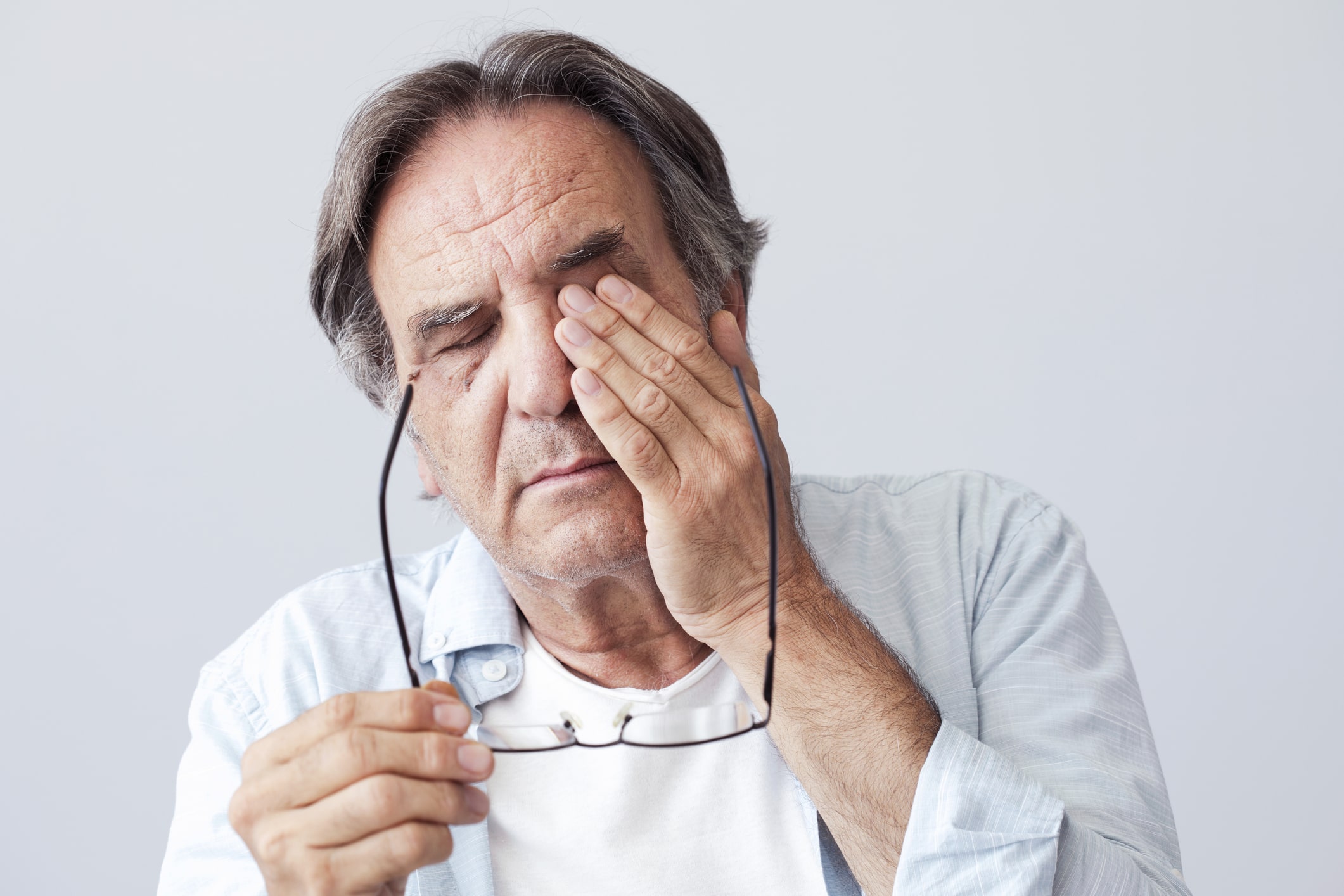Retinal diseases are a group of disorders that affect the thin layer of tissue at the back of the eye known as the retina. The retina, a layer of cells sensitive to light, plays an essential role in vision by converting light signals into electrical impulses. These cells are responsible for transmitting visual information to the brain and interpreting images. Given its crucial function, diseases affecting the retina can severely impair vision and significantly impact an individual’s quality of life.
Thankfully, there are a variety of treatment options available for retinal diseases, ranging from medications and laser therapy to surgical interventions.
What Are Retinal Diseases?
The scope of retinal diseases encompasses a wide range of disorders that impair the retina’s function. Often, they can be linked to factors like aging, diabetes, underlying medical conditions, eye injuries, or even genetic inheritance. Common types of retinal diseases include retinal detachment, retinopathy, macular degeneration, macular hole, retinitis, and retinoblastoma. Symptoms can differ, but they often include blurred or distorted vision, the perception of floating particles or spiderweb-like structures, visual anomalies, and in severe cases, loss of vision.
Symptoms of Retinal Diseases
The manifestation of symptoms varies widely among the different retinal disorders. However, some common signs are shared across many retinal conditions.
These symptoms include:
- Flashes of Light: This often signifies a retinal tear or detachment. Patients may perceive sudden, brief flashes of light, typically in peripheral vision.
- Floaters: These are small, shadowy specks or strands that drift in your field of vision. While a few floaters are normal, a sudden increase can indicate a retinal problem.
- Blurred Vision: This can be a sign of various retinal conditions, from macular degeneration to diabetic retinopathy.
- Distorted Vision: Straight lines may appear wavy or bent, a phenomenon often associated with macular diseases.
- Vision Loss: This can be partial (peripheral or central) or total, depending on the extent and location of retinal damage.
If you experience any of these symptoms, it’s crucial to seek immediate medical attention to prevent further vision impairment. Delaying treatment can exacerbate the condition, potentially leading to permanent vision loss or the emergence of additional health complications.

Causes and Risk Factors of Retinal Diseases
Several factors can contribute to the development of retinal diseases, including:
- Aging: As you age, the likelihood of developing retinal conditions like macular degeneration or macular hole increases.
- Pre-existing Health Issues: Conditions such as diabetes and hypertension can lead to retinal problems like diabetic retinopathy.
- Genetic Factors: Some retinal conditions like retinitis pigmentosa are hereditary. Thus, making individuals with a family history more susceptible to them.
- Eye Trauma or Surgery: Injuries to the eye, or prior eye surgery, can increase the risk of retinal disorders.
Treatment Options for Retinal Diseases
The primary objective in treating retinal diseases is to halt their progression and maintain or enhance vision. Depending on the specific condition, various treatment options are available.
1. Laser Treatments
Laser therapy, including focal and scatter laser treatment, are commonly used to treat retinal tears or holes, and to reduce abnormal blood vessels. These treatments work by creating small burns on the retina, resulting in scars that bond the retina to the tissue beneath or diminish problematic blood vessels.
2. Surgical Procedures
Several retinal conditions may require surgical intervention. Vitrectomy, for example, is a surgical procedure used to treat retinal detachments, macular holes, and eye injuries. Other surgeries like scleral buckle surgery and pneumatic retinopexy can also be used to treat retinal detachment.
3. Medication Injections
Administering medication through injections into the vitreous, the eye’s gel-like interior, has proven effective for various conditions. These include wet macular degeneration, diabetic retinopathy, and ocular blood vessels ruptures. These injections often contain medications that inhibit the growth of new, abnormal blood vessels or reduce swelling in the retina.
4. Other Treatments
Other treatments include the use of antiviral, antibacterial, or antifungal drugs for severe infections. Additionally, low-level laser therapy can be utilized for conditions like central serous retinopathy and various other retinal disorders. In extreme instances of vision loss, the possibility of implementing a retinal prosthesis, commonly referred to as a bionic eye, might be explored.
Potential Complications and Side Effects of Treatment
Like all medical procedures, retinal disease treatments come with inherent risks. Infections, scarring, and vision changes like blurring are possible side effects. Fluctuations in eye pressure and internal bleeding can also occur. Given these potential complications, it’s vital to discuss the risks and benefits with your healthcare provider before choosing a treatment path.
Recovery Time After Treatment
Recovery times can vary widely depending on the type of treatment and the specific retinal disease. For instance, if you have a gas bubble in your eye following surgery, it may take several weeks for the bubble to dissipate. Other treatments, like injections into the eye, typically require minimal recovery time.
Can a Damaged Retina be Cured?
In certain instances, damaged retinas can heal or be repaired. However, it is worth noting that certain conditions may not have established cures. It is advisable to consult with your healthcare provider to understand the options best suited to your unique circumstances.
Living with Retinal Diseases
Despite the challenges posed by retinal diseases, it is possible to live a fulfilling life with these conditions. Regular check-ups, early detection, and prompt treatment can help manage these disorders and preserve vision. Maintaining your overall health is crucial, especially since ailments such as diabetes and high blood pressure can aggravate retinal issues. Adopting a balanced diet, engaging in consistent physical activity, and refraining from smoking can collectively enhance not only your eye health but overall well-being.
The Importance of Regular Eye Exams
Routine eye check-ups are crucial for the early identification of retinal diseases, enabling prompt treatment when the likelihood of positive outcomes is greatest. The Centers for Disease Control and Prevention (CDC) recommend that children undergo routine eye examinations to monitor their visual development and identify any potential issues early on. Furthermore, individuals with predisposing factors, such as diabetes, face a higher risk of ocular issues, emphasizing the need for regular screenings. Similarly, those with a family history or other eye-related risk factors should make regular eye examinations a priority.
Contact Us
Retinal diseases have the potential to profoundly affect your vision, altering the very way you perceive the world around you and impacting your daily life. With vigilant awareness, early detection, timely treatments, and consistent eye examinations, managing these conditions and preserving your eyesight becomes achievable. Notably, any subtle change in your vision should be a cue for immediate consultation with an eye specialist.
At Florida Eye, we stand as a beacon of expertise and care for such concerns. We are your dedicated partner in eye health, here to provide expert care tailored to your needs.



